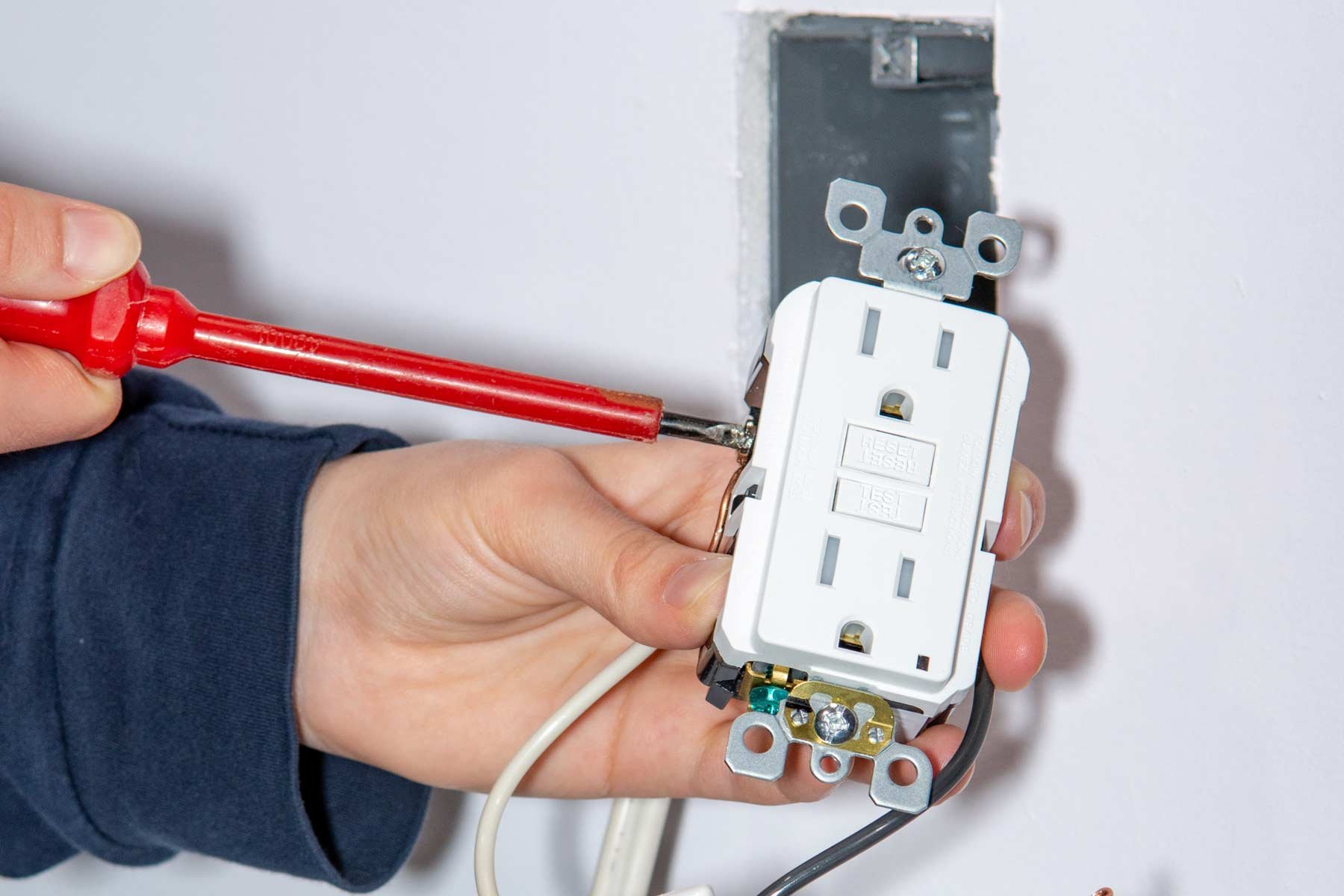Understanding the Crucial Differences Between Circuit Breakers and GFCIs
In the realm of electrical safety, two essential components play distinct yet vital roles in protecting homes and workplaces: circuit breakers and Ground Fault Circuit Interrupters (GFCIs). While both serve to prevent electrical hazards, they operate in different ways and address distinct types of dangers. In this blog, we'll delve into the differences between circuit breakers and GFCIs to better understand their roles in maintaining electrical safety.
Circuit Breakers:
Let's start with circuit breakers. These devices are the backbone of electrical systems, acting as safeguards against overloads and short circuits. The primary function of a circuit breaker is to interrupt the flow of electricity when it detects a fault in the circuit. This fault could be caused by an overload, where the current exceeds the circuit's capacity, or a short circuit, which occurs when a hot wire comes into contact with a neutral or ground wire.
Circuit breakers are typically installed in electrical panels and are designed to trip or disconnect the circuit whenever an abnormal condition is detected. This interruption prevents overheating of wires, which can lead to fires, and protects electrical devices and appliances from damage due to excessive current flow.
GFCIs:
On the other hand, GFCIs are specialized outlets or circuit breakers that provide an added layer of protection against electric shock. Unlike standard circuit breakers, which primarily safeguard against electrical fires, GFCIs are specifically designed to prevent electrocution by detecting ground faults.
A ground fault occurs when electricity escapes from the intended circuit and flows through an unintended path, such as a person or water. This situation can be hazardous, especially in areas prone to moisture, like bathrooms, kitchens, and outdoor spaces. GFCIs constantly monitor the flow of electricity in a circuit and quickly interrupt it if they detect even a slight deviation, as small as 5 milliamps, indicating a potential ground fault.
Key Differences:
Function: Circuit breakers primarily protect against overloads and short circuits, while GFCIs focus on preventing electric shock due to ground faults.
Detection Mechanism: Circuit breakers detect abnormalities in current flow, such as excessive current or short circuits, while GFCIs monitor for ground faults by comparing the current flowing through the hot and neutral wires.
Location of Installation: Circuit breakers are typically installed in electrical panels, protecting entire circuits, while GFCIs are commonly installed in specific outlets or incorporated into circuit breakers to protect specific areas or appliances.
Conclusion:
In summary, while both circuit breakers and GFCIs play critical roles in electrical safety, they serve distinct purposes and address different types of hazards. Circuit breakers safeguard against overloads and short circuits, while GFCIs protect against electric shock resulting from ground faults. Understanding the differences between these devices is essential for ensuring comprehensive electrical safety in homes, workplaces, and other environments. By incorporating both circuit breakers and GFCIs into electrical systems, individuals can minimize the risk of electrical accidents and create safer living and working spaces for themselves and others.

